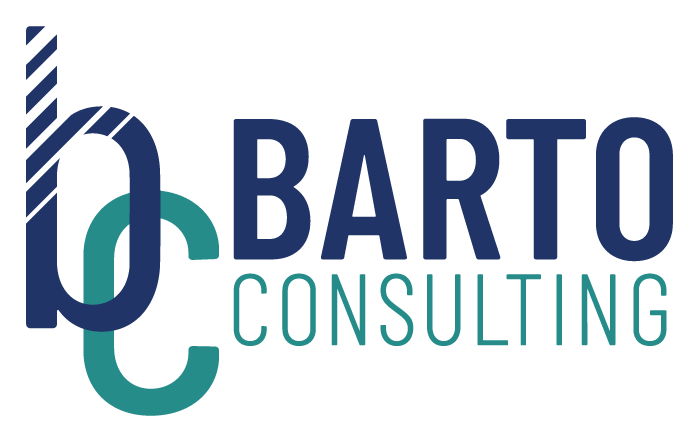You may have heard of “IPO” in the context of defining and visualizing processes. It stands for Input-Process-Output and there are many resources that delve into the details of what it is and how it works. It serves as a great starting point when trying to diagnose issues with or make changes to your internal process. It’s older cousin SIPCO (Suppliers, Customers) also may be a valuable framework but I prefer to keep it simple, especially to start. Speaking of starting, the key to using the IPO method to improve your processes is to focus on the O (output) first. Not only does this help ensure a clear, well functioning process, it facilitates healthy change management on your way to achieving your desired results.
It may feel a little unnatural but understanding and visualizing your desired results will allow you to design your procedures to ensure you get clear measurable information out of your processes. This is key to constant improvement. It also allows you to prioritize the most important inputs and processes, thereby limiting wastefulness. The end result is a streamlined process that achieves its goals while kicking off valuable information that will assist with measuring results.
Many times, us accounting types are so familiar with the inputs and processes to capture and process them that we lose a little bit of the forest for the trees. When leading a process change that may impact more than just the finance team, its most important to frame objectives in terms of the experience the rest of the organization will have. Focusing on outputs of a business process is usually more relatable than the inputs. At the very least, it is more pleasant to think about. Painting a vision of the end result provides clarity arount desired outcomes and goals and can be the key to gaining the buy in that is needed to drive change. Once aligned on the output, all efforts can be focused towards achieving them, even if that means some of the users need to change their routine or learn a new software.
Within the project team, emphasizing the outputs can help provide clarity and context around tasks and key milestones, improving communication and collaboration to ensure all those involved in the efforts are on the same page.
Now you see… use OPI to achieve the best results!

Year-End Financial Tips for Law Firms: Part 3
Phantom income is a concept that can complicate year-end financial planning for law firms. It refers to taxable income reported by a firm without a corresponding cash outflow to owners. For law firm partners, this can mean owing taxes on income they haven’t yet received in cash, affecting both the partners’ personal finances and the firm’s overall financial stability.







